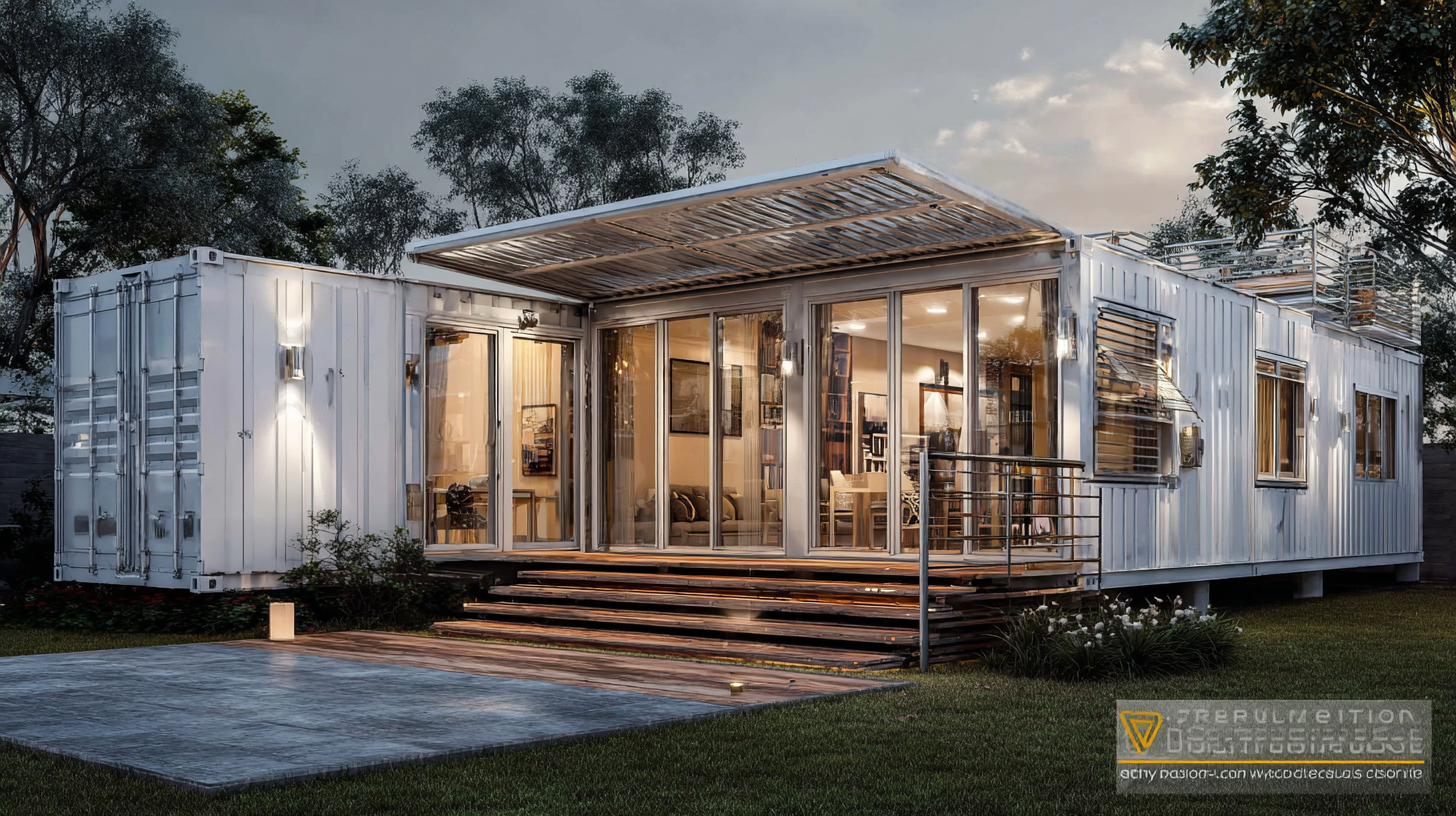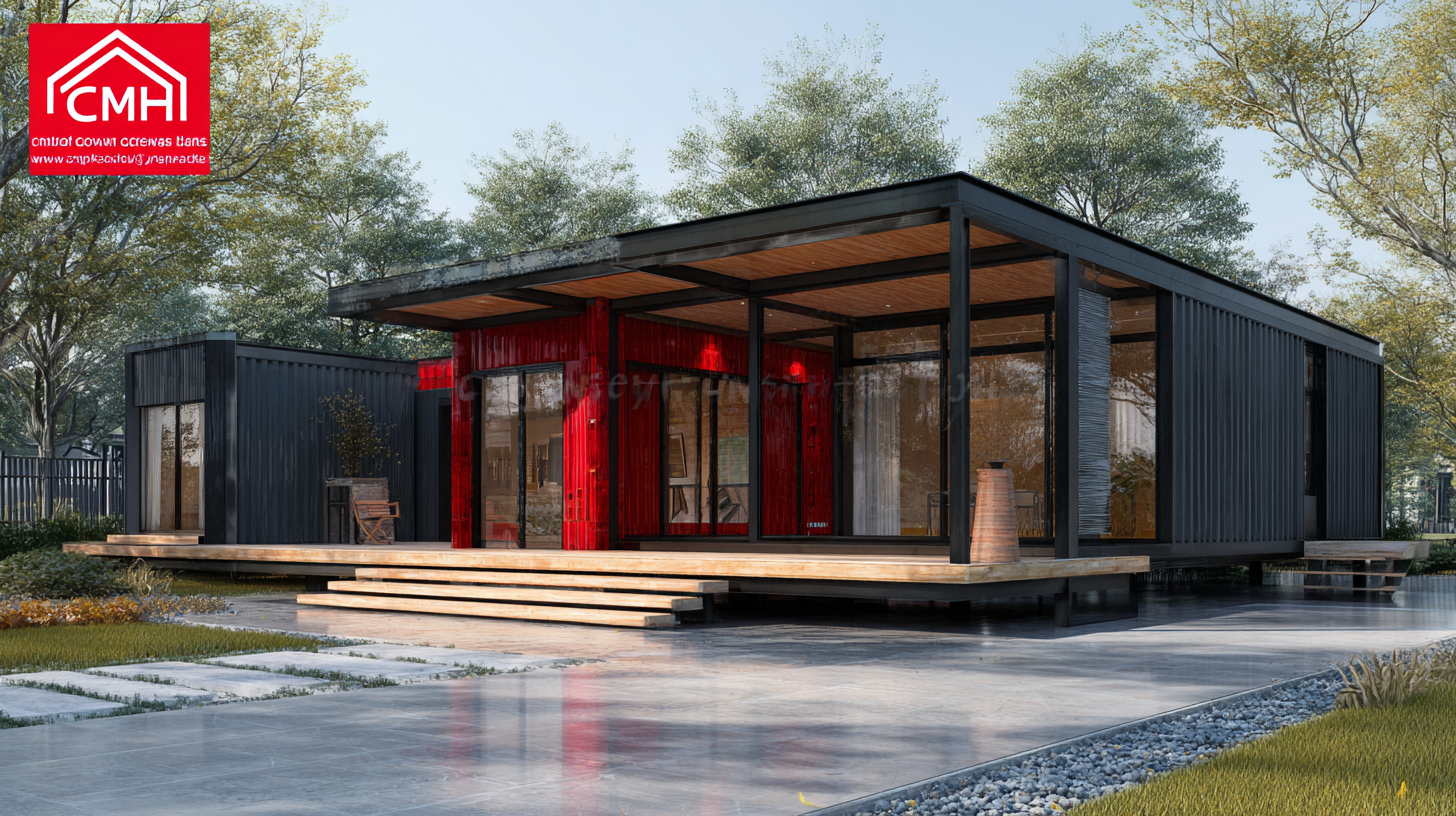The demand for Pre Made Container Homes is witnessing unprecedented growth, driven by the need for affordable and sustainable housing solutions worldwide. According to a recent report by MarketsandMarkets, the global modular construction market, which includes container homes, is projected to reach $157 billion by 2023, growing at a CAGR of 6.5% from 2018. This surge can be attributed to the environmental benefits and the swift construction timelines associated with these innovative housing options. Trusted manufacturers in China are leading the way by delivering uncompromising quality in their designs and materials, ensuring that cost-effective housing doesn't compromise on durability or aesthetic appeal. As consumers increasingly seek out alternatives to traditional construction methods, Pre Made Container Homes are becoming a preferred choice, blending convenience with modern living standards.

The rising popularity of pre-made container homes is reshaping global housing markets, particularly in the face of escalating living costs and housing shortages. According to a recent report, the demand for affordable and sustainable housing options has surged, with the U.S. market seeing a marked increase in interest for tiny homes and container-style residences. In fact, the National Association of Home Builders found that nearly 60% of Americans are open to the idea of living in a tiny house, highlighting a significant shift in consumer preferences towards minimalist and eco-friendly living spaces.
As people seek alternatives to traditional housing, prefabricated container homes offer a viable solution, frequently priced under €50,000. These homes not only appeal to budget-conscious buyers but also promote sustainability through their repurposed nature. Reports indicate that the global market for modular housing, including container homes, is projected to grow at a compound annual growth rate (CAGR) of over 6% through 2025, fueled by innovations in design and a growing emphasis on environmentally adaptive construction methods. As major retailers enter this burgeoning market, the future of container homes looks promising, appealing to those who prioritize both affordability and sustainability.
When it comes to container homes, uncompromising quality is a non-negotiable factor for discerning buyers. Key features that define this quality begin with the durability of materials used. Trusted manufacturers in China utilize high-grade steel and sustainable insulation materials that ensure longevity and energy efficiency. This commitment to high-quality raw materials not only enhances the structural integrity of the homes but also provides a comfortable living environment.
Another essential aspect of quality in container home manufacturing is precision engineering. Advanced manufacturing techniques and strict quality control processes ensure that every container home is constructed to exact specifications. This meticulous attention to detail minimizes the risk of common issues such as leaks or structural weaknesses. Furthermore, a focus on customization allows buyers to personalize their homes without compromising on quality, thus meeting both aesthetic and functional needs while maintaining the robustness of the design.

The global market for container homes is witnessing significant growth, with a valuation of $61.83 billion in 2023. This figure is expected to rise to $64.75 billion in 2024, ultimately reaching an astonishing $100.87 billion by 2032. Such a surge illustrates the increasing interest in alternative housing solutions that are both cost-effective and sustainable. Container homes offer a pragmatic solution to the housing crisis, especially in urban areas where traditional housing costs are skyrocketing.
When comparing container homes to traditional housing, cost efficiency becomes a key factor. Container homes often require lower initial investments and faster construction timelines. This affordability makes them a viable option for a diverse range of buyers, from first-time homeowners to businesses seeking modular solutions. Additionally, the durability and adaptability of container homes can lead to long-term savings on maintenance and energy expenses. As homeowners increasingly prioritize both quality and budget, the shift towards container homes continues to gain momentum in the housing market.
Container homes are gaining popularity as a sustainable and eco-friendly housing solution. Recent industry insights reveal that constructing homes from repurposed shipping containers can reduce construction waste by up to 80%. According to a report by the Environmental Protection Agency, the average new home generates about 8,000 pounds of waste; container homes drastically mitigate this environmental impact. Additionally, these homes often utilize recycled materials for insulation and finishing, contributing further to their eco-conscious credentials.
When considering container homes, it's essential to prioritize sustainability in design. **Tip 1:** Incorporate energy-efficient appliances and solar panels to minimize energy consumption. **Tip 2:** Utilize rainwater harvesting systems to enhance water sustainability, showcasing the commitment to eco-friendliness. These strategies not only reduce utility costs but also bolster a home's green rating.
Furthermore, the longevity of container homes is noteworthy, with an estimated lifespan exceeding 25 years, providing both durability and economic value. The International Organization for Standardization notes that these structures can be easily adapted for various climates, demonstrating their versatility. With the right planning, container homes can be aesthetically pleasing while promoting a sustainable lifestyle.
When it comes to prefabricated housing solutions, China's trusted manufacturers stand at the forefront, combining innovation with reliability. These manufacturers have developed a robust reputation for producing top-quality container homes that meet diverse needs without compromising on quality. With cutting-edge technology and skilled craftsmanship, they are redefining the concept of affordable housing and delivering efficient, stylish, and sustainable living spaces.
Innovation is at the heart of these leading manufacturers. They continually explore new materials and designs, ensuring their container homes are not only functional but also visually appealing. This emphasis on innovation results in energy-efficient homes that integrate modern amenities, making them suitable for a variety of uses—from permanent residences to temporary accommodations for events. Furthermore, their commitment to reliability means that customers can trust these homes to withstand the test of time, ensuring a secure investment for families and businesses alike.

